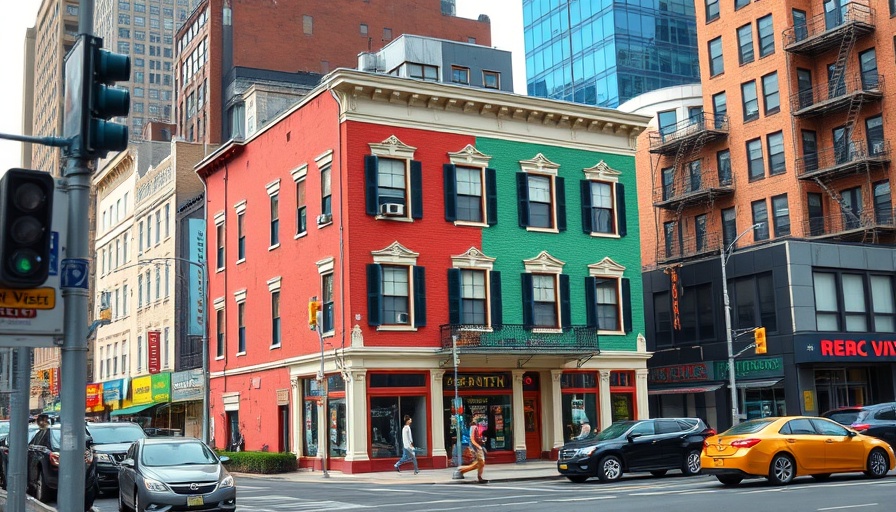
Revitalizing Penn Station: A $7.5 Billion Vision
A new $7.5 billion proposal aims to transform New York's Penn Station into a modern marvel while embracing the elegance of classical architecture. Spearheaded by the Grand Penn Community Alliance and its chief architect, Alexandros Washburn, this ambitious plan seeks to relocate Madison Square Garden (MSG) to where the historic Hotel Pennsylvania once stood. The vision not only includes a spacious train concourse—the largest in the world—but also the addition of a green park above this bustling transport hub, enhancing the area’s overall aesthetics and functionality.
Bridging History and Future: A Classically Inspired Design
The proposal is regarded as a necessary step toward restoring the grandeur of the original Beaux Arts-style Penn Station, demolished in the 1960s. This heritage element resonates in the envisioned classical façade that would greet commuters and visitors alike. The initiative aligns with recent policies encouraging classical influences in federal architecture, championed by former President Trump. This connection, however, has sparked debates among architectural purists and community members regarding the appropriateness of reviving classical influences in a contemporary urban setting.
A Strong Community Response and Potential Impact
As the Grand Penn Community Alliance moves forward, local representatives have expressed mixed feelings. While some support the initiative, citing its potential to alleviate congestion and improve transit facilities, others warn against extensive demolitions that may displace longstanding residents and businesses. Assembly member Tony Simone has advocated for a comprehensive public discussion on the plan, calling for a balance between development and community needs.
Practical Insights and Future Developments
Should the proposal gain traction, the anticipated project could serve as a blueprint for future urban development efforts across the nation. With its phased approach, which ensures that key historical elements will remain intact while also addressing modern requirements for transportation and accessibility, the plan embodies a civic ethos aimed at leaving the city better than it was found. Going forward, stakeholders will watch closely to see how this intriguing blend of the old and the new plays out.
 Add Row
Add Row  Add Element
Add Element 



 Add Row
Add Row  Add
Add 
Write A Comment